Applying biosafety rabbit farming methods in Yen Dinh town (Hai Hau). |
According to the Provincial Statistics Office, by the end of May 2025, the whole province had 7,689 buffaloes, an increase of 2.4%; 29,036 cows, an increase of 1.4%; 627,120 pigs; 9.678 million poultry, an increase of 4.3% over the same period in 2024. The Department of Animal Husbandry and Veterinary Medicine (Department of Agriculture and Environment) said that the livestock breed structure has changed positively towards increasing the proportion of livestock with high productivity, quality and specialty breeds suitable to consumer tastes. Currently, livestock farmers in localities have paid attention to investing in building a system of barns and farms in the direction of ATSH. The livestock farm of Mr. Nguyen Quang Tiep's family, Yen Thang commune (Y Yen) has a scale of 500 pigs/batch and is invested in building in the direction of ATSH. The pig pen is built in a closed model, with a cooling system, ventilation fans... to effectively prevent the spread of diseases. The waste treatment in pig farming is used by Mr. Tiep using biological bedding, so there is almost no smell, the environment is airy and clean. Before importing a new herd, the entire barn is cleaned and disinfected; the surrounding barn area is sprayed with disinfectant and disinfected weekly. During the breeding process, the pigs are fully vaccinated to prevent diseases, especially African swine fever. According to Mr. Tiep, fully complying with the ATSH breeding process for the pig herd is a necessary requirement, especially for large-scale breeding to limit risks and damage caused by epidemics. Thanks to proactively applying the ATSH breeding process, during the breeding process, Mr. Tiep's farm has not had any epidemics, ensuring profitable breeding, creating a stable source of income for the family.
Also raising livestock on a large scale, but Mr. Cao Van Tu, Nam Cuong commune (Nam Truc) focuses on developing a comprehensive farm model, focusing on raising a variety of livestock. On a 1-hectare plot of land, he renovated and dug a pond to raise freshwater fish; at the same time, he built barns to raise pigs, chickens, ducks, and pigeons. Around the pond, he also planted fruit trees, creating a cool green landscape and generating additional income. Applying the ATSH livestock raising method, Mr. Tu invested in a drinking water supply system, hygienic feeding troughs, and a cooling system for the livestock. The livestock are given a suitable diet according to each growth stage, regularly supplemented with nutrients and vitamins, and strictly follow the livestock raising process, helping to increase resistance and prevent disease outbreaks. To ensure disease safety, the entire barn area is periodically sprayed with disinfectants and disinfected, and weeds are regularly cleared around it, creating a cool, clean environment. Lime powder is spread around the barn and the entrance and exit to prevent the outbreak and spread of diseases... Talking to us, Mr. Tu said: Raising animals according to the ATSH method brings high efficiency. Sows, pigs, pigeons and ducks are basically free of common diseases, and do not have to use antibiotics, so investment costs are also reduced. Meanwhile, the growth rate is also about 1-2% higher than when the ATSH method was not applied. In general, the efficiency of applying the ATSH method of raising animals is 6-8% higher than the previous conventional method of raising animals.
Recently, localities in the province have actively developed livestock farming on a farm and concentrated farm scale. Pig farms are mostly applied in a closed model from raising breeding sows and then transitioning to raising pigs for meat. Thereby helping to control the origin and quality of the breed, limiting the need to import breeds from outside, helping to minimize the risk of spreading diseases. Poultry breeds are all imported from reputable hatcheries, with clear origins and disease-free. The livestock barn system is applied in a closed barn model, ensuring convenience for the care process and disease prevention and control...
According to statistics from the Department of Agriculture and Environment, in Nam Dinh, there are 350 livestock farms that meet the farm scale prescribed by the Law on Livestock, including 9 large-scale livestock farms, 127 medium-scale livestock farms, and 214 small-scale livestock farms. In addition, the livestock industry is focusing on restructuring production, building and developing product supply chains to help increase income value and livestock efficiency. Initially, a link was formed between livestock farmers and businesses, cooperatives, and cooperative groups in product consumption. This is the premise for developing concentrated commodity livestock production associated with traceability... Comrade Le Thi Thao, Deputy Head of the Department of Livestock and Veterinary Medicine, assessed: Most people in the province have recognized and applied the ATSH livestock farming process quite well. This is the result of the process of propaganda, training, transfer of technical advances, especially building a ATSH livestock model for replication.
Although some positive results have been achieved, the process of developing livestock farming in the direction of ATSH still has limitations such as: Small-scale livestock farming in residential areas still exists, making it difficult to apply the ATSH method of livestock farming; controlling the origin and quality of livestock is difficult because most people still have the habit of buying livestock at markets and livestock of unknown origin; there is still a situation where people take advantage of leftover food at restaurants and collective kitchens to feed livestock, leading to the potential risk of disease outbreak and spread; livestock farming has not been linked with slaughter, processing and consumption of products in the chain; the treatment of livestock waste, especially pig farming, is still limited, many livestock households still discharge waste indiscriminately, causing environmental pollution. Land allocation for farm-scale livestock farming according to the provisions of the Law on Livestock and the work of supporting the relocation of livestock farms in residential areas to the planning area still has many difficulties and shortcomings. The implementation of the Law on Animal Husbandry, especially livestock declaration, still faces many difficulties because livestock breeders are not proactive and self-conscious in implementing it; there is no close attention and direction from local authorities... causing difficulties in management work.
In order for livestock farming in the direction of ATSH to develop and expand, in the coming time, functional sectors and localities need to continue to promote propaganda and mobilization to raise people's awareness of ATSH livestock farming, gradually eliminate small-scale, ineffective, disease-prone livestock farming methods; create conditions to promote livestock farming development in the direction of farms and households; focus on supporting the construction of ATSH models in livestock farming for people to visit, learn and apply.
In the long term, it is necessary to consider building large-scale, disease-safe livestock facilities; forming a chain linking production, processing, and consumption of livestock and poultry products; building concentrated livestock and poultry slaughterhouses that fully meet food hygiene and safety standards; focusing on helping to control diseases well... The synchronous implementation of solutions will help prevent diseases, ensuring safe, effective, and sustainable livestock development.
Article and photos: Van Dai
Source: https://baonamdinh.vn/kinh-te/202506/thuc-day-phat-trien-chan-nuoitheo-huong-an-toan-bi-hoc-08c060e/


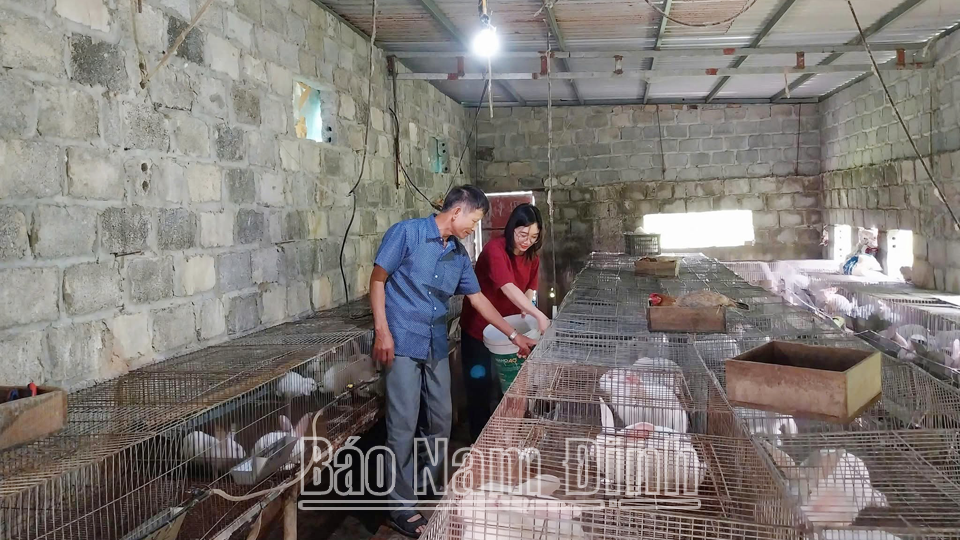
![[Photo] Worshiping the Tuyet Son statue - a nearly 400-year-old treasure at Keo Pagoda](/_next/image?url=https%3A%2F%2Fvphoto.vietnam.vn%2Fthumb%2F1200x675%2Fvietnam%2Fresource%2FIMAGE%2F2025%2F12%2F02%2F1764679323086_ndo_br_tempimageomw0hi-4884-jpg.webp&w=3840&q=75)
![[Photo] Parade to celebrate the 50th anniversary of Laos' National Day](/_next/image?url=https%3A%2F%2Fvphoto.vietnam.vn%2Fthumb%2F1200x675%2Fvietnam%2Fresource%2FIMAGE%2F2025%2F12%2F02%2F1764691918289_ndo_br_0-jpg.webp&w=3840&q=75)




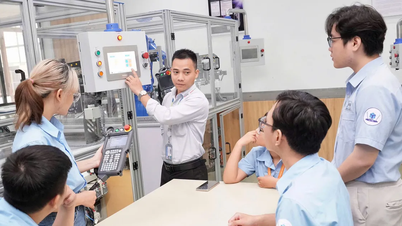

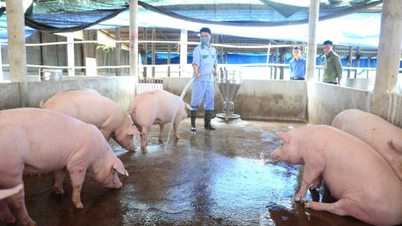







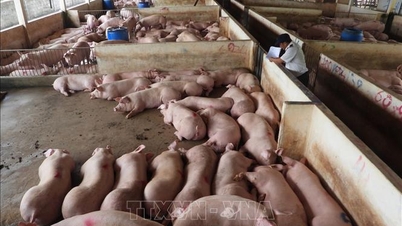

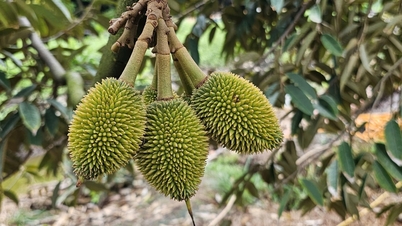













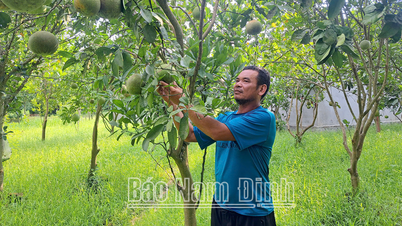
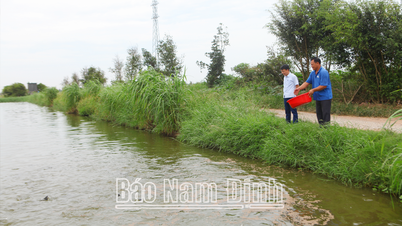

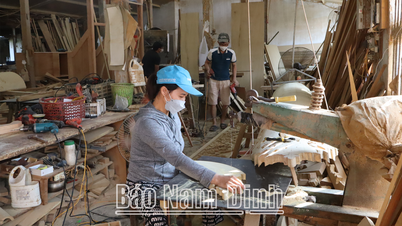
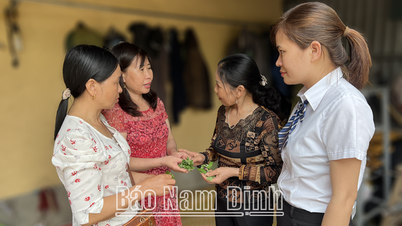









![[Video] Protecting World Heritage from Extreme Climate Change](https://vphoto.vietnam.vn/thumb/402x226/vietnam/resource/IMAGE/2025/12/03/1764721929017_dung00-57-35-42982still012-jpg.webp)




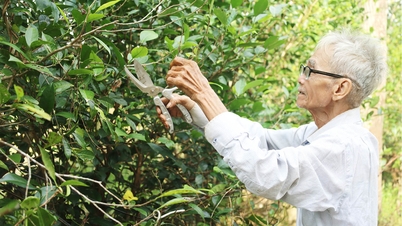
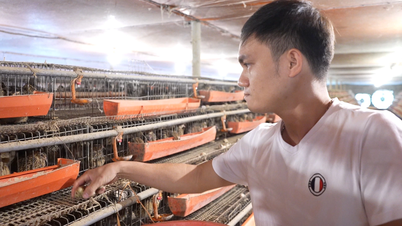


















































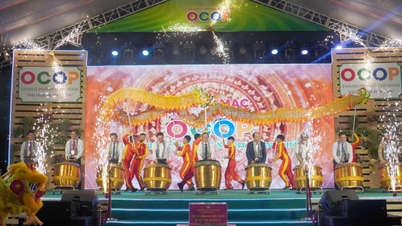





Comment (0)